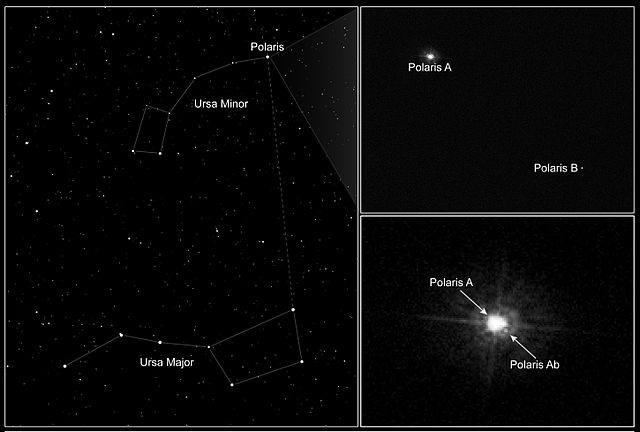
Stargazing
Be it Christmas, New Year or Midsummer, it is always interesting to stop and take a moment to look up at the vast, velvety night sky. Contemplating the stars will help you to slow down the pace, clear your mind, and reconnect with nature. Stargazing is an awe-inspiring experience, which has the power to reset your sense of self merely by reminding you that you’re just a minuscule fragment of the universe. Yet whilst it can make you feel somewhat insignificant, it can also have the effect of making you feel more connected with everything around you.
Where, When And How To See The Stars
The night sky is best viewed in the countryside, away from the glare of artificial lights. Some of the best places in the UK for stargazing, according to Time Out, are listed here: (13 Best Places To Go Stargazing In The UK (timeout.com) However, in truth you can do it anywhere: just look up. A telescope or binoculars will help you to see more, but they aren’t essential, as you can see plenty with the naked eye. You’ll find that you can see more and more as your eyes gradually adjust to the darkness. Whilst not single season opportunity, winter is usually the best time for stargazing. It gets dark earlier, and winter skies are often crisp and clear. It can be easier to see the stars in the evening sky, before the moon is completely visible.
What To Look For
Polaris, usually known as the North Star or Pole Star (pictured), can seem like the brightest star in the whole sky, so it’s the perfect star to look for first. To the naked eye it appears to be a single star, but it’s actually a triple star system. It seems static because it’s in an almost-direct line with the Earth’s rotational axis above the North Pole. Because it always marks the way due north, it’s of vital importance for navigation. Polaris forms part of the constellation of Ursa Minor, also known as the Little Bear.
Orion is also easy to spot, and in the northern hemisphere it’s particularly visible in winter. This constellation is named after the hunter Orion, a figure in Greek mythology. The seven brightest stars in the constellation form a distinctive hourglass shape, with the three stars of Orion’s Belt at its centre. The red star Betelgeuse and the blue-white star Rigel are the brightest stars in Orion.
The Pleiades, or the Seven Sisters, is an open star cluster. To the naked eye, it’s the open star cluster which is most easily perceived, and it is especially noticeable at this time of year. There are many stars in this cluster. The nine brightest stars which dominate the cluster are named for Atlas, the Titan who according to Greek mythology was condemned to carry the skies on his back for eternity; Pleione, a nymph; and their daughters, the seven divine sisters, who are the Pleiades, or daughters of Pleione.
Where To Find More On Stargazing
Enjoy your stargazing experience! For further information, take a look at the BBC’s Sky at Night website. (Welcome to BBC Sky at Night Magazine – BBC Sky at Night Magazine.)